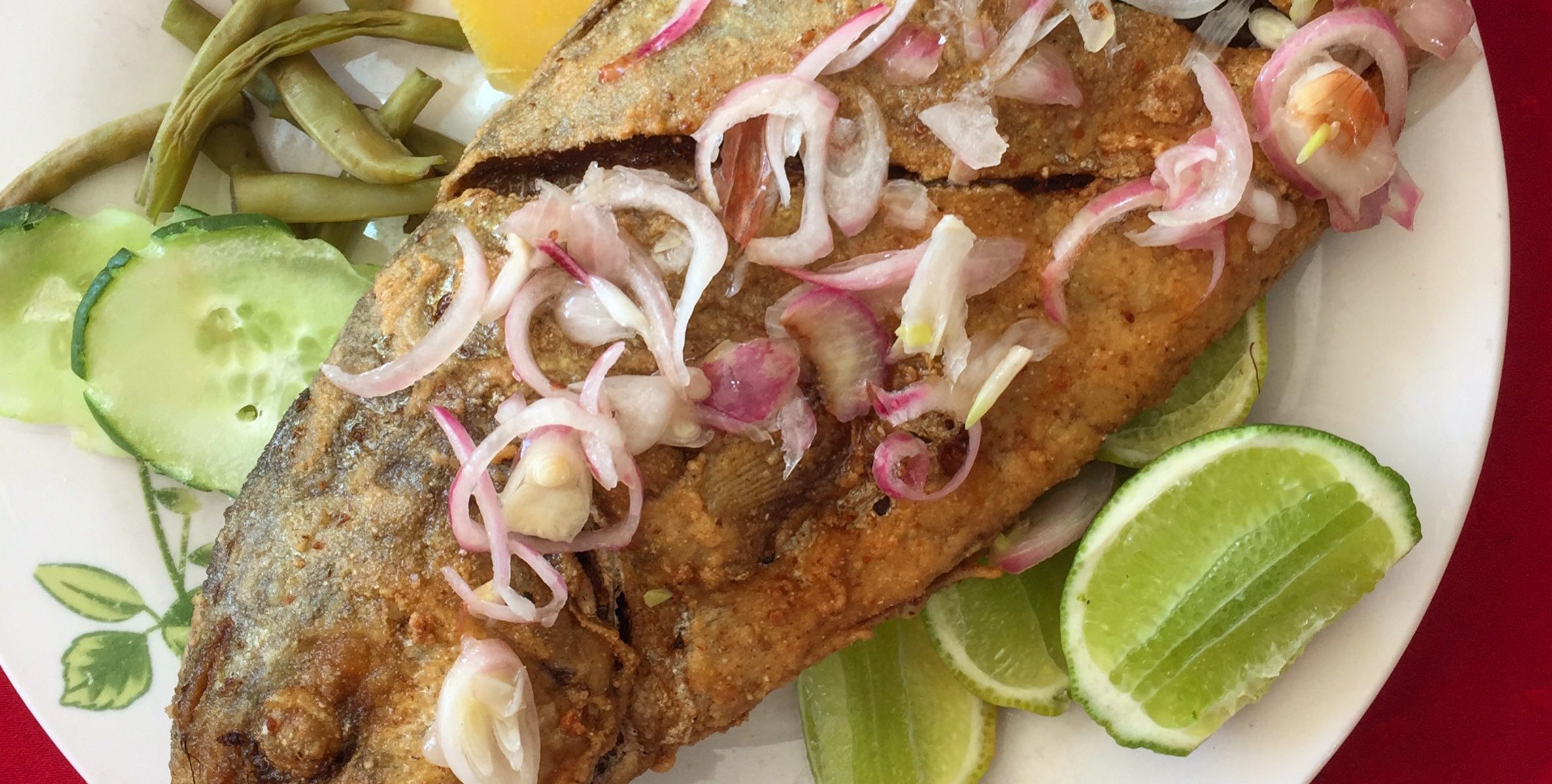Cuba libre: Why you shouldn’t dismiss Havana’s food scene

Tell someone you’re headed to Cuba and you’re likely hear two things: how beautiful are the beaches and how terrible the food. Yes, Cuban food can be bland, especially in the massive resorts where buffet-style fare leaves much to be desired. But what kind of dining experience can you find off-resort? That was what I wanted to find out as I headed to the city of Havana.
Decades of communist rule have taken a toll on Cuba and its food. Take the American trade embargo and add to it a system that sees staples such as rice and flour being doled out in rations, and you have a cuisine based on limited resources. Beef and chicken have long been luxury items for Cubans, as are lobster and prawns. The traditional diet consists primarily of pork and side dishes, of arroz con frijoles (rice and black beans) and starches such as potato, yucca and fried plantain.
A fusion of Spanish, African and Caribbean traditions with a dash of Chinese influence tossed in, Cuban cuisine is a blend that matches Havana’s eclectic nature. A city that can both exhaust and exhilarate, Havana attacks all of the senses at once: salsa beats pour from open car windows, vendors call from storefronts, waves crash against the Malecón waterfront and a heavy humidity hangs over the crowded streets. It’s a city that gets under your skin and stays with you long after you’ve left.
My first day in Havana, I headed to La Habana Vieja. The old city is a living museum of narrow broken streets and decaying Spanish-style colonial buildings. It’s a scene that’s at once beautiful and heartbreaking: five hundred years of crumbling architecture – a victim of saltwater, tropical heat and years of post-Revolution neglect. Here, European café culture abounds and, with it, a decadent dessert scene. I settled onto the outdoor patio of the Café el Escorial in the Plaza Vieja where people wile away the afternoon sipping coffee cocktails. I ordered a bambita bombón – a potent mix of strong Cuban coffee, cacao liqueur, lemon and cinnamon. Nearby, a line for churros snaked down Calle Mercaderes.
The churro maker stood at his cart, squeezing batter from a metallic tube into a vat of bubbling oil, twirling it into a perfect spiral of golden dough. Once fried, he cut the pastry into chunks and sprinkled it with sugar. Biting into one was like falling back to childhood memories of carnivals with their warm greasy treats. A few metres away, the Museo de Chocolate – part restaurant, part confectionary, part museum – is an homage to all things cacao. I opt for a mixed box containing some of the store’s best flavours, like dark chocolate filled with harsh coffee (or harsher rum) and soft white chocolate with a guava cream centre.
After an afternoon of sugar, it was time to consider dinner.
I had heard that many Havana restaurants, especially in the tourist zones, were on the verge of a renaissance, heavily influenced by North American and European chefs. To taste for myself, I headed to Restaurant el Patio, which sits in the Plaza de la Catedral. It’s the clichéd Havana you’ll find here, where tourists can take photos of mulattas dressed in traditional costumes, have their tarot cards read, and line up for a mojito at the famous La Bodeguita del Medio. I took a table along the balcony that looks out over the plaza and the glorious 18th century Catedral San Cristóbal. Beneath me, a salsa band had taken to the centre of the Plaza. It was a blissful evening, although far removed from the real Cuba. After all, my entire meal – the lobster, chicken and shrimp, a glass of wine – came to 35 convertible pesos, or roughly $34: affordable for tourists, but well beyond the reach of most Cubans.
The next day, I set out on a mission to find restaurants that appealed to locals and headed for lunch at La Roca in the tree-lined neighbourhood of Vedado. Considered the ‘middle-class’ area of Havana, Vedado is where you’ll find much of the city’s commercial buildings, as well as residential streets of art deco-style apartment buildings. It’s far enough away from Old Havana that the crowds are mostly Habaneros, and the restaurants offer some of the best deals in town.
The dishes at La Roca are built upon traditional Criollo cuisine, but with some continental twists, as in the chicken cordon bleu we ordered. As is standard in all of Havana, our plates came piled high with sides of rice and a cabbage salad drizzled with a simple vinaigrette. The food here is closer to the bland stereotype that haunts Cuban cuisine, but it brings with it a more authentic experience. And the best part: a meal and beer at La Roca cost less than five convertible pesos – a far cry from the pricey menus in Old Havana. But I saved Los Nardos for last, a restaurant I had read about long before I landed in Cuba. It sits on the edge of Habana Vieja and is as well known for its food as it is for the constant throng of people waiting outside for a table. Inside, the dining room is dark and heavily airconditioned, so much so that you immediately forget the blistering heat outside. I ordered a skewer of barbecued chicken and peppers from an extensive Criollo menu. The chicken was moist and perfectly grilled, the peppers crunchy and fresh, the plate piled with rice, and cabbage salad. As I left, doggy bag in hand, I passed the long line of patrons waiting to get in to this must-dine locale. By the end of my short stay in Havana, it was clear: venture beyond the massive beach resorts of Veradero and there’s a world of good food awaiting you in Cuba.
This article originally appeared in Taste & Travel magazine.
